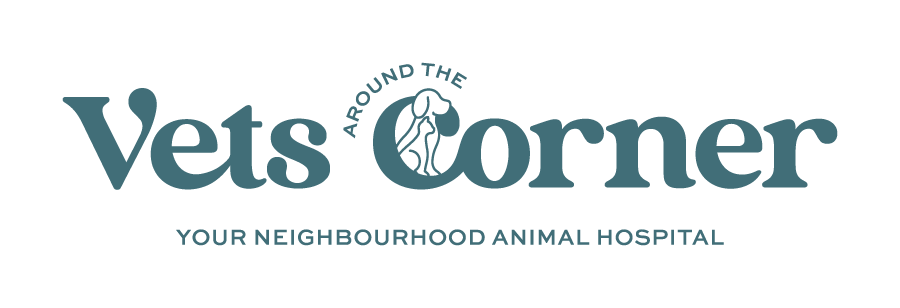Library
-
Myasthenia gravis is a disease in which there is a malfunction in the transmission of signals between the nerves and muscles. Dogs with myasthenia gravis exhibit extreme weakness and excessive fatigue. There are two forms: inherited and acquired. Anti-acetylcholinesterase medication and immunosuppressive therapy will likely be required for the life of the dog.
-
Mycophenolate is an immune suppressing medication given by mouth or as an injection and is mainly used off-label to treat autoimmune disease in dogs. Common side effects include gastrointestinal upset and bone marrow suppression. This medication should not be used in pets that are allergic to mycophenolate, are pregnant, or nursing. It should be used with caution in pets with liver or kidney disease. If a negative reaction occurs, call your veterinary office.
-
Naloxone (brand name Narcan®) is a drug used to reverse the effects of opioids. It is used primarily under direct supervision of a veterinarian. It is used off-label in veterinary medicine. Naloxone comes in nasal spray and injectable forms.
-
A narcoleptic episode involves sudden collapse and loss of movement in which the pet literally falls asleep, often while physically active, then wakes up abruptly and proceeds as if nothing happened. Although you may not be able to stop the episodes, you may be able to reduce the frequency and severity of events by identifying possible patterns that precipitate the incidents.
-
Polyps are benign fleshy growths that originate from the cells lining a cat's nasal passages, leading to a variety of clinical signs such as sneezing, difficulty breathing, and recurrent ear infections. The various diagnostic tools and treatment approaches are explained in this handout.
-
Nasal tumors are an uncommon type of cancer but when they do occur, they tend to be malignant and locally aggressive. Staging can be done to determine the type of cancer and if it has affected anywhere else in the body. Treatment can be done in some cases to help relieve clinical signs, most often with radiation therapy.
-
Nasopharyngeal polyps are benign idiopathic masses originating from the middle ear that extend either down the eustachian tube or into the external ear. They can cause stertor, nasal discharge, otitis, otic discharge and head tilt. Diagnosis may involve visualization through otoscopic exam or behind the soft palate, but usually needs radiographic evidence or more advanced imaging such as CT or MRI. Treatment involves debulking the mass through traction which has a high rate of recurrence, or more advanced surgery into the bulla to remove the source of the polyp.
-
Neomycin ophthalmic is an antimicrobial medication, usually in a combination product, used to treat bacterial infections of the eye. It is used to treat surface eye infections in cats, dogs, and exotic companion animals. Neomycin ophthalmic comes in ointment and liquid drop suspension form. Caution when using this medication in cats, as allergic reactions have been documented.
-
Neomycin sulfate, dexamethasone, and thiabendazole topical (brand name Tresaderm®) is a combination antimicrobial (neomycin), antifungal (thiabendazole), and steroid (dexamethasone) medication used to treat infections and inflammation of the skin, ears, and anal glands in cats and dogs. It may be used “off label” or “extra label” in other animals and for other conditions. Neomycin sulfate, dexamethasone, and thiabendazole topical comes in ointment form.
-
Neomycin topical is an antimicrobial medication, usually in a combination product, used to treat bacterial infections of the skin. It is used to treat surface skin infections in cats, dogs, and other animals. Neomycin topical comes in ointment form.

